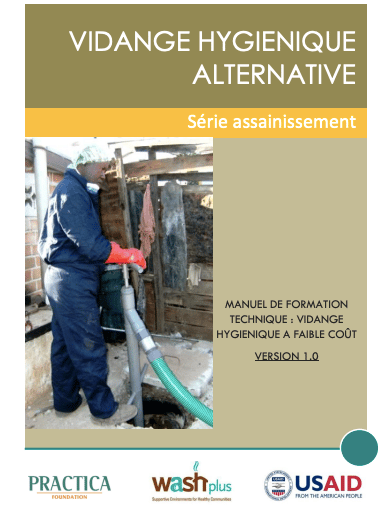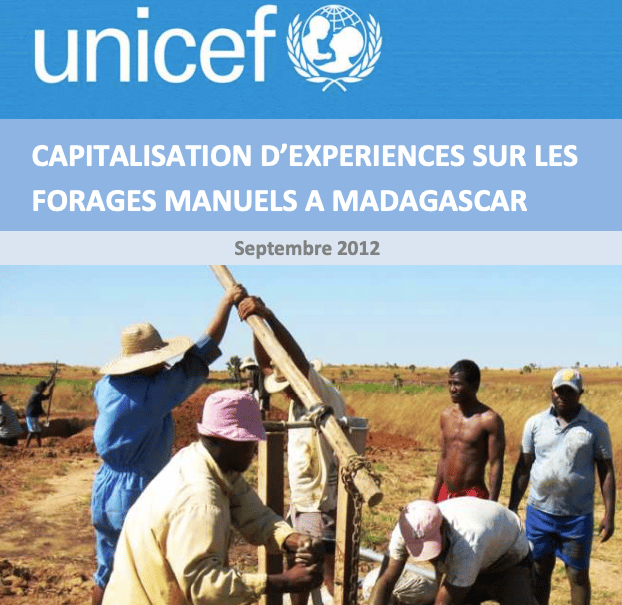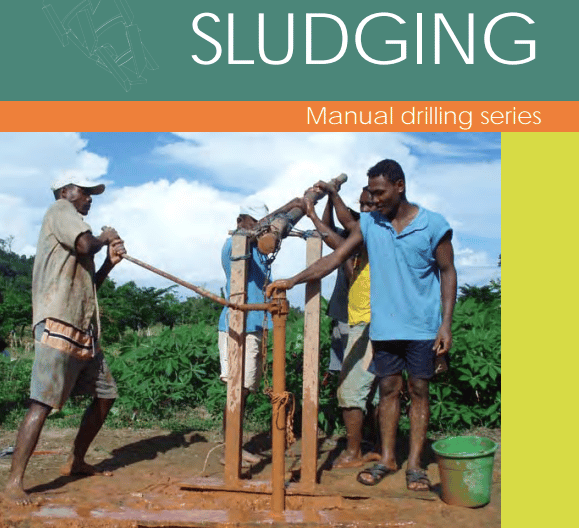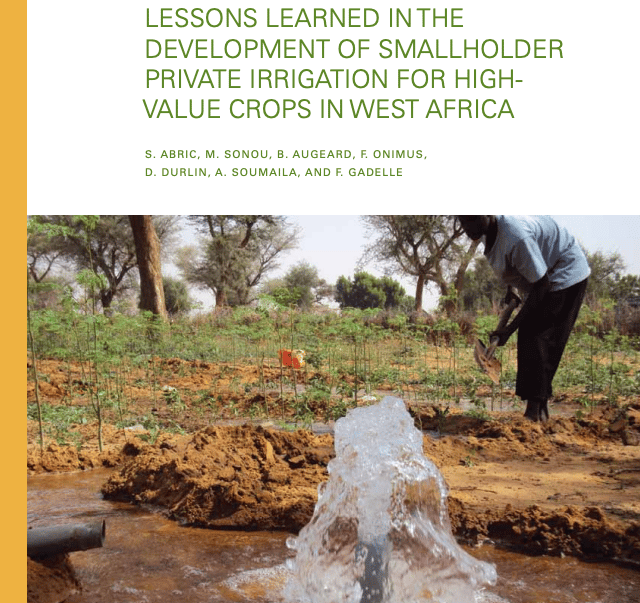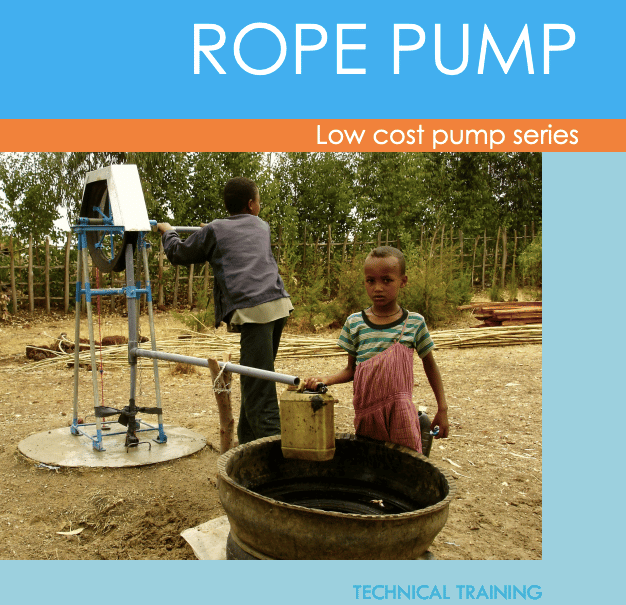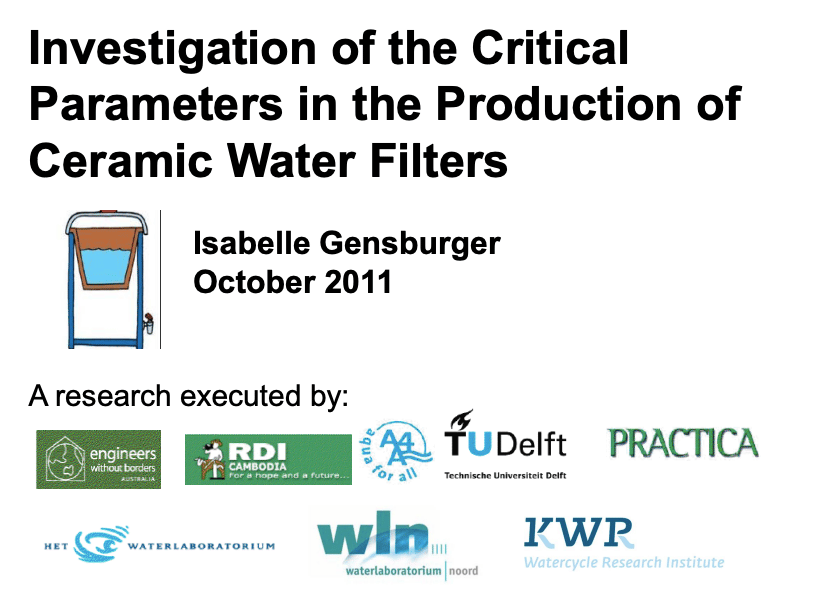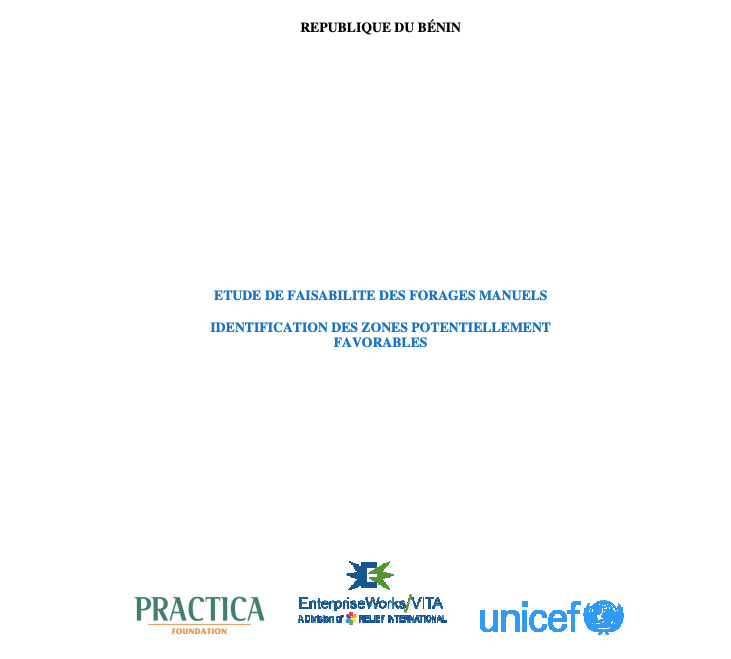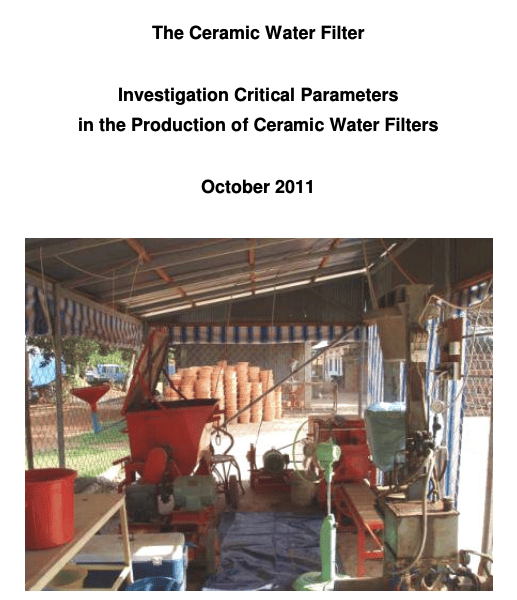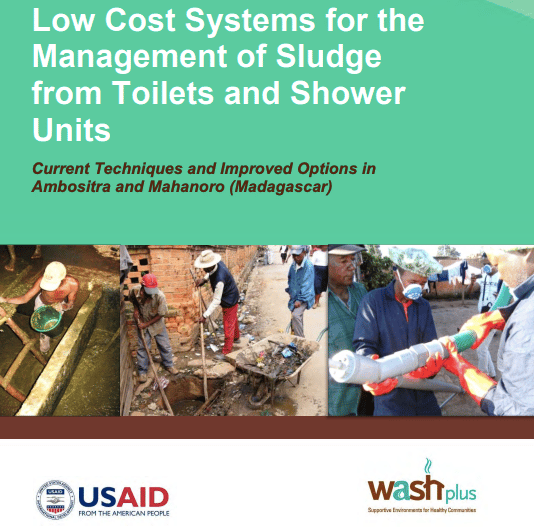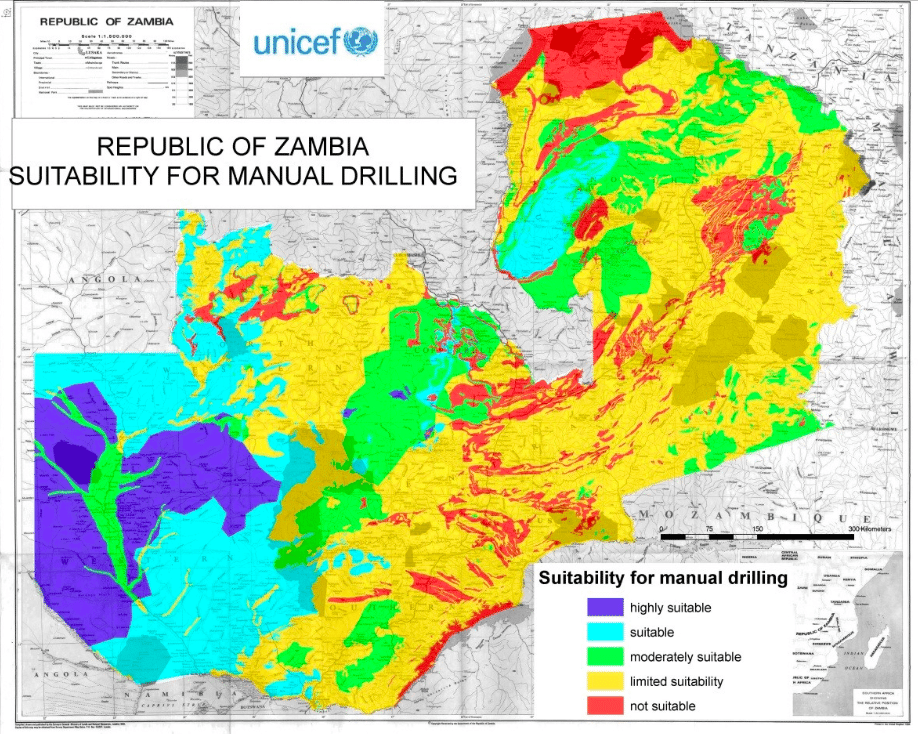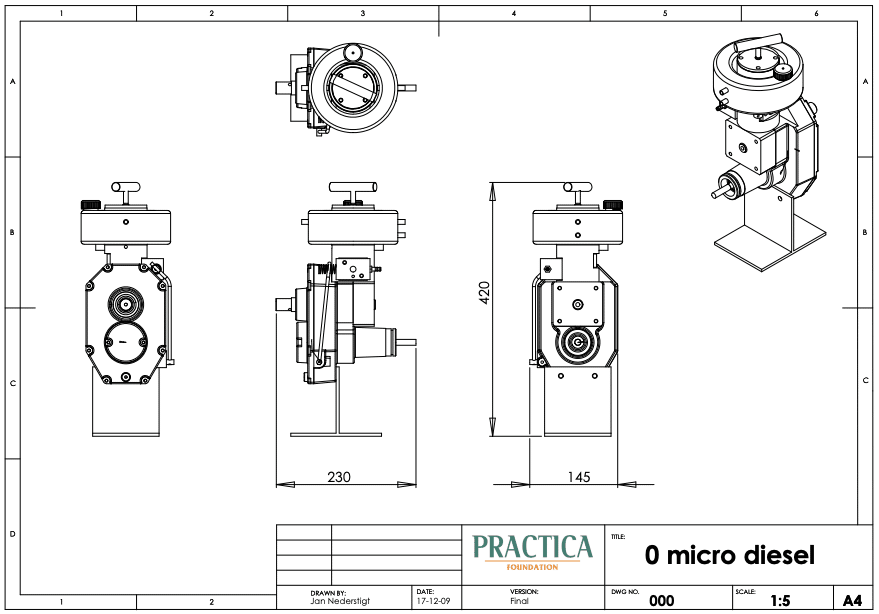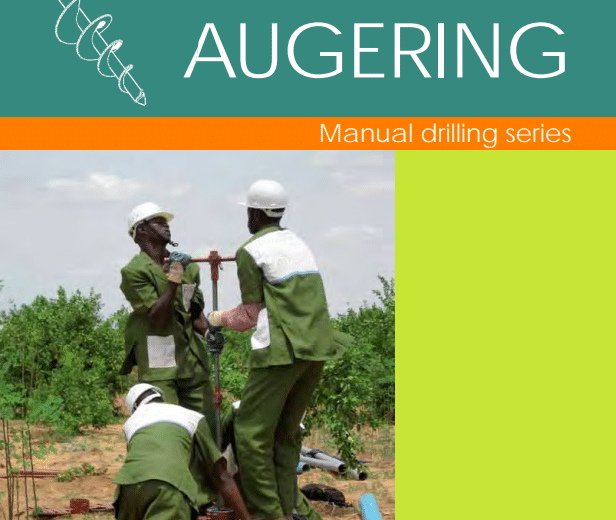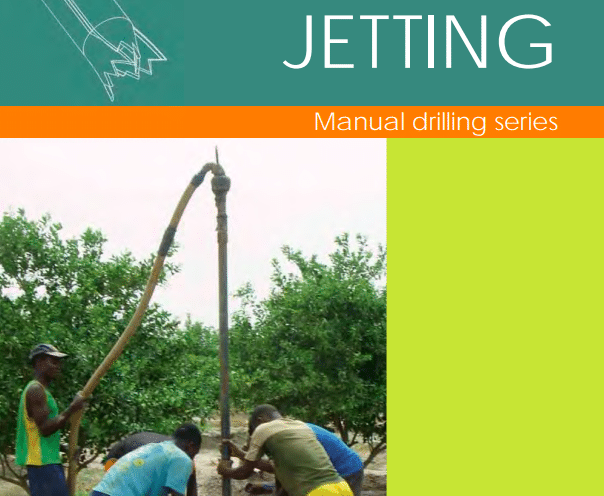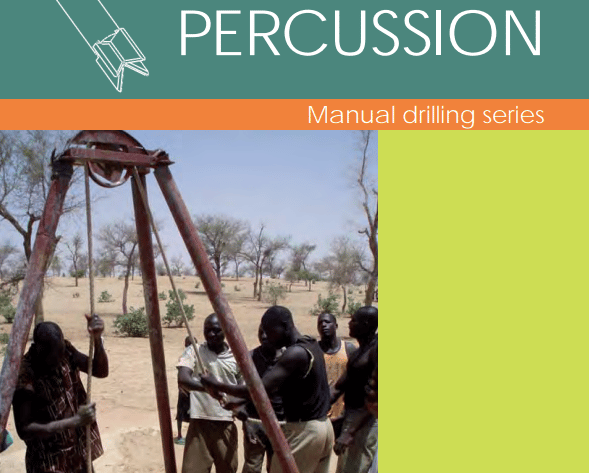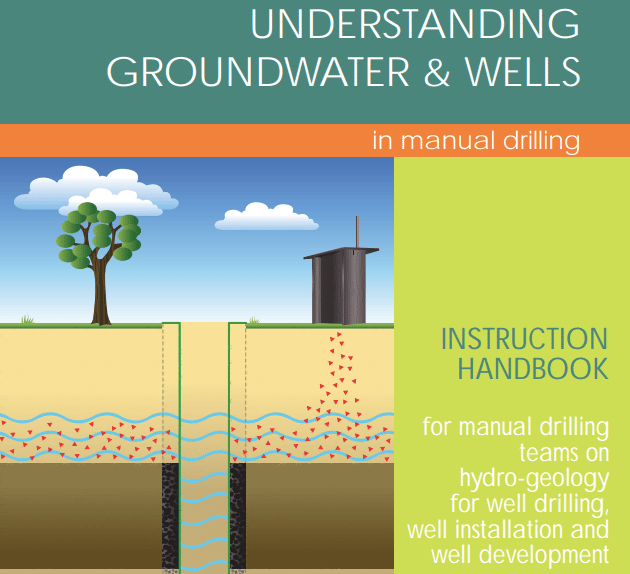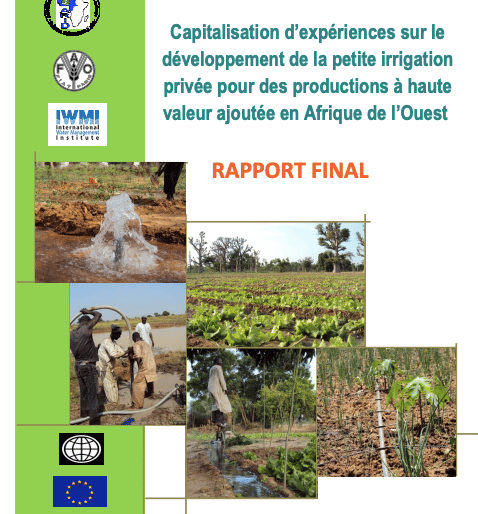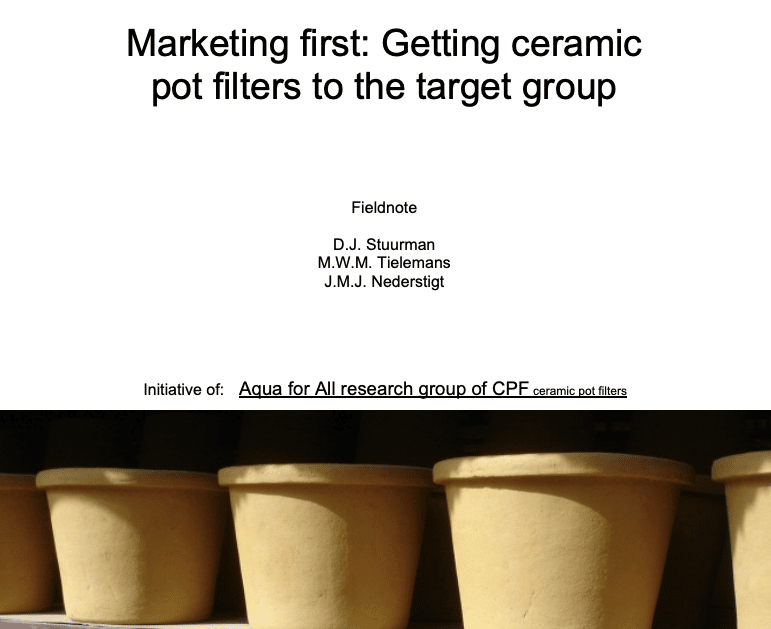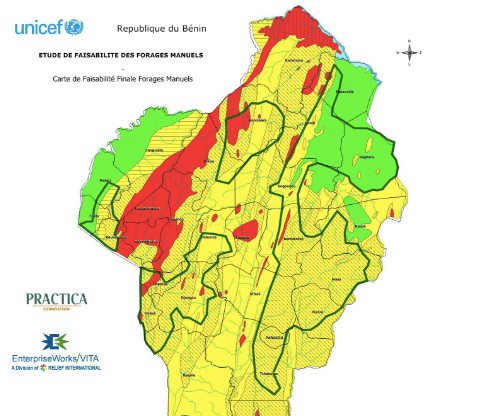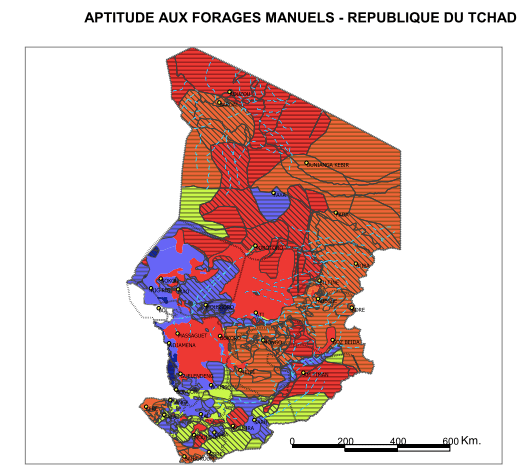Our publications
Resources produced during our past projects are accessible here.
For more than 10 years, we have capitalised documents on groundwater development, irrigation, drinking water supply and sanitation. You can find lessons learnt from the field, project reports, technical sheets, (training) manuals, videos, etc.
Check out and share the information you are interested in with the rest of the sector in order to support local enterprises and strengthen their technical and business skills.
Hygienic latrine emptying manual
The hygienic emptying of latrine pits is an essential necessity in a context where sanitation in developing countries increasingly relies on stand-alone systems that all require emptying operations at some point.
The term “alternative hygienic emptying” incorporates two concepts which constitute real challenges on the technical, sociological and economic levels. Indeed, the ambition is to be able to develop quality emptying services, accessible to all, in contexts where the financial resources of the communities are very limited, where the accessibility of homes is particularly complex (cramped alleys, non-motorable paths) and strong reluctance vis-à-vis the sanitation professions.
Handpump Sustainability (mid-term report)
This report identifies the main problems related to handpump sustainability, and looks for promising alternatives to the current approaches to manage handpumps. The focus is on long term sustainability in a development context, in contrast to emergency situations where sustainability is often determined for a shorter period.
Capitalisation d’Expériences sur les Forages Manuels à Madagascar
Des techniques appropriées au contexte malgache et adoptées par les opérateurs sont le well jetting, rota sludge et madrill.
La recherche action est porteuse d’améliorations constantes et elle apporte une réponse aux contraintes rencontrées par les utilisateurs.
Well drilling: Sludging
Variations of four manual drilling technologies are being used, each with their own advantages, disadvantages and suitability for different geological conditions. This handbook describes the practical aspects of the drilling technique Sludging and is part of a series of 5 handbooks providing the basis for local entrepreneurs to start practicing affordable well drilling.
Lessons learned in the development of smallholder private irrigation for high-value crops in West Africa
The objective of this report is to identify, characterize, and evaluate best practices in smallholder private irrigation in West Africa. The report presents a comparative assessment of the smallholder private irrigation initiatives in Burkina Faso, Mali, Niger, and Nigeria. Issues discussed include: the potential and impacts of new technologies; the successes and challenges of different approaches to develop smallholder private irrigation (promotion of technologies, institutional arrangements, advisory and financial services, and environmental impact mitigation); and the lessons learned.
Rope Pump Manual
Drinking water handpumps are devices that use manual power to pump groundwater to the surface. There is a full range of different pumps available on the market, varying in pumping mechanism, depth range, price, quality, etc. This manual is a support for trainings.
Investigation Critical Parameters in the Production of Ceramic Water Filters
Presentation of the preliminary findings of an Investigation of the Critical Parameters in the Production of Ceramic Water Filters.
Study on the feasibility of manual drilling – Benin
In order to achieve development objectives, the UNICEF, launched this project called “Feasibility study of manual drilling in Benin; Identification of potentially favorable areas”. Its objective is to have a vision of the country’s potential for the implementation of low-cost manual drilling techniques as a complementary method for access to water of rural communities.
Investigation of the Critical Parameters in the Production of Ceramic Water Filters
A ceramic pot filter is a point-of-use water treatment system produced in small factories in developing countries. The main treatment goal is disinfection of the water. In Hunter’s 2009 meta-study, the ceramic pot filter appeared to be the most efficient household water treatment system out of four evaluated systems, especially on the long term. Worldwide, 22 factories produce ceramic filter pots. It is a relatively simple production process.
Low cost systems for the management of sludge from toilets and shower units
In the context where proper excreta disposal is not available, efforts to build and use latrines only delay the impact of open defecation instead of eliminating it. This applies to public toilet and shower units found in neighborhoods where households cannot build their own facilities or to congested areas such as marketplaces and bus stations. These facilities generate significant amounts of sludge, which presents a very complex management issue.
At the behest of the U.S. Agency for International Development (USAID) funded WASHplus project, PRACTICA assessed the current situation and suggested appropriate options for the management of sludge from three toilet and shower units. These units were rehabilitated in July 2010 by the USAID Hygiene Improvement Project (HIP) in two regional sites, Ambositra and Mahanoro.
Feasibility Map of Manual Drilling – Zambia
This map shows the feasibility for manual drilling in Zambia. Areas with high feasibility present a good potential to drill manually, and therefore at a low cost, boreholes of a high quality for drinking water supply.
Micro diesel pump-set drawings
Technical drawings of improved micro diesel pump-sets. The technology is fuel efficient, relatively low-cost and low-weight, which makes it suitable for smallholder irrigators.
Well drilling: Augering
Variations of four manual drilling technologies are being used, each with their own advantages, disadvantages and suitability for different geological conditions. This handbook describes the practical aspects of the drilling technique Augering and is part of a series of 5 handbooks providing the basis for local entrepreneurs to start practicing affordable well drilling.
Well drilling: Jetting
Variations of four manual drilling technologies are being used, each with their own advantages, disadvantages and suitability for different geological conditions. This handbook describes the practical aspects of the drilling technique Jetting and is part of a series of 5 handbooks providing the basis for local entrepreneurs to start practicing affordable well drilling.
Well drilling: Percussion
The manual drilling sector has proven itself as a successful, lower-cost approach with great potential under suitable conditions. In numerous countries manual drilling techniques are used as an alternative or to complement machine drilling.
Well drilling: Understanding Groundwater & Wells
Machine-drilled wells are often very expensive and not affordable by large parts of the population in developing countries. Another option is manual drilling. This cost reduction not only enables NGOs and Governments to construct more water wells, but also ‘opens the door’ to villagers, farmers, schools and small communities to have a well constructed undependently through the private sector.
Capitalisation d’Expériences sur le Développement de la Petite Irrigation Privée pour des Productions à Haute Valeur Ajoutée en Afrique de l’Ouest
Cette étude a permis de passer en revue les bonnes pratiques de petite irrigation privée de ces différents pays, de tirer les leçons de l’expérience acquise dans le domaine et d’en dégager des recommandations pour les actions en cours et à venir.
Marketing first – Getting Ceramic Pot Filters to the Target Group
This field note is intended as an introduction to setting up a marketing strategy for managers of new or existing CPF projects (or, for that matter, any other household water treatment and safe storage system). These projects aim to bring safe water to people who currently have no access to reliable water sources.
Feasibility map of manual drilling – Benin
This map shows the feasibility for manual drilling in Benin. Areas with high feasibility present a good potential to drill manually, and therefore at a low cost, boreholes of a high quality for drinking water supply.
Feasibility map of manual drilling – Chad
This map shows the feasibility for manual drilling in Chad. Areas with high feasibility present a good potential to drill manually, and therefore at a low cost, boreholes of a high quality for drinking water supply.

